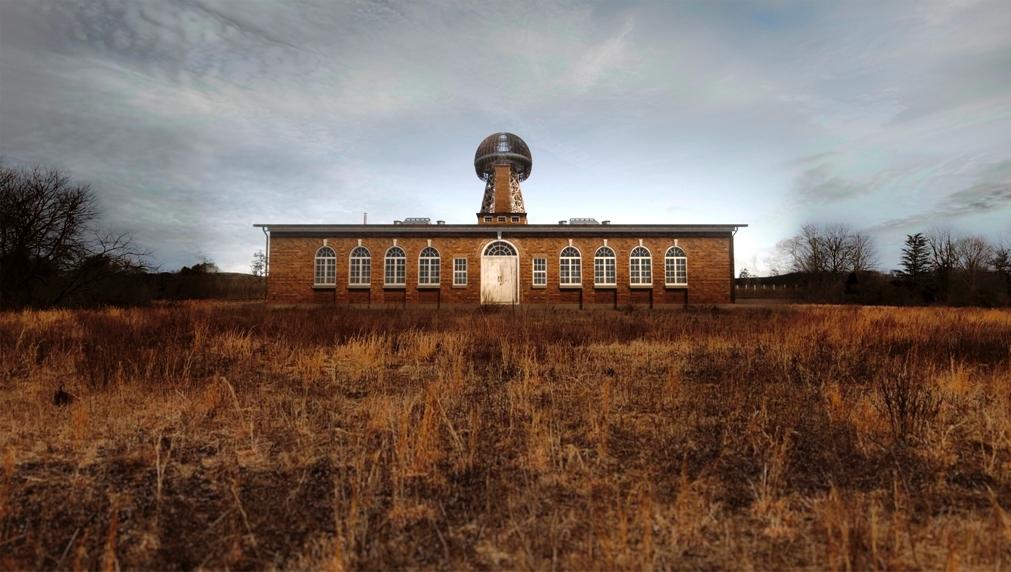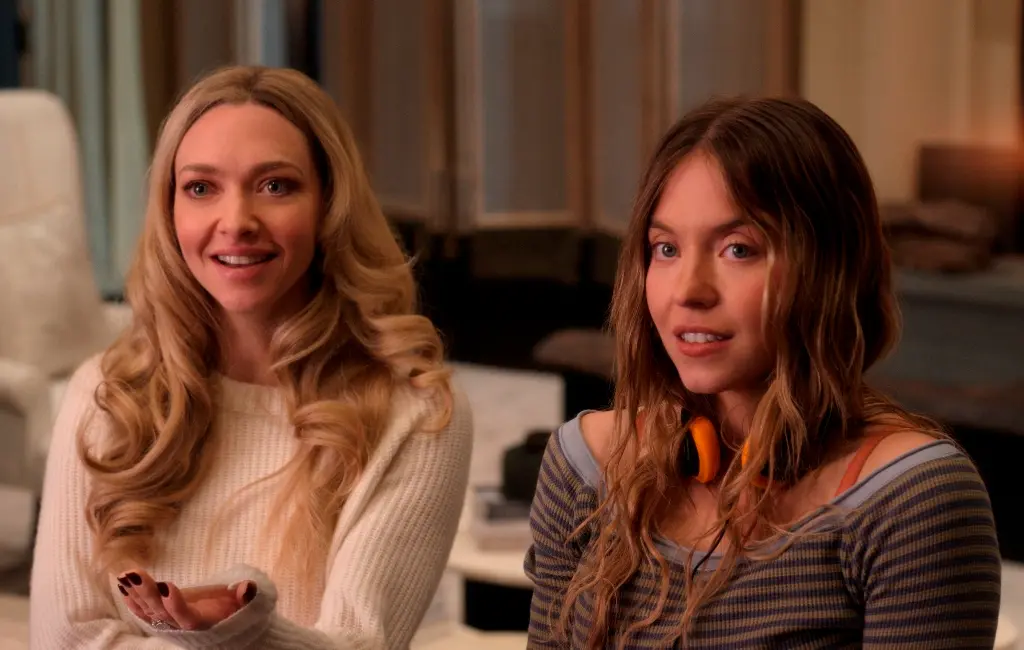NR | 1h 43m | Documentary, Biography, Science | 2015
Thanks in large part to Elon Musk naming his line of electric cars after him, the public profile of the Serbian-born inventor and engineer Nikola Tesla prompted perhaps millions of people who had never heard of him to investigate further.






